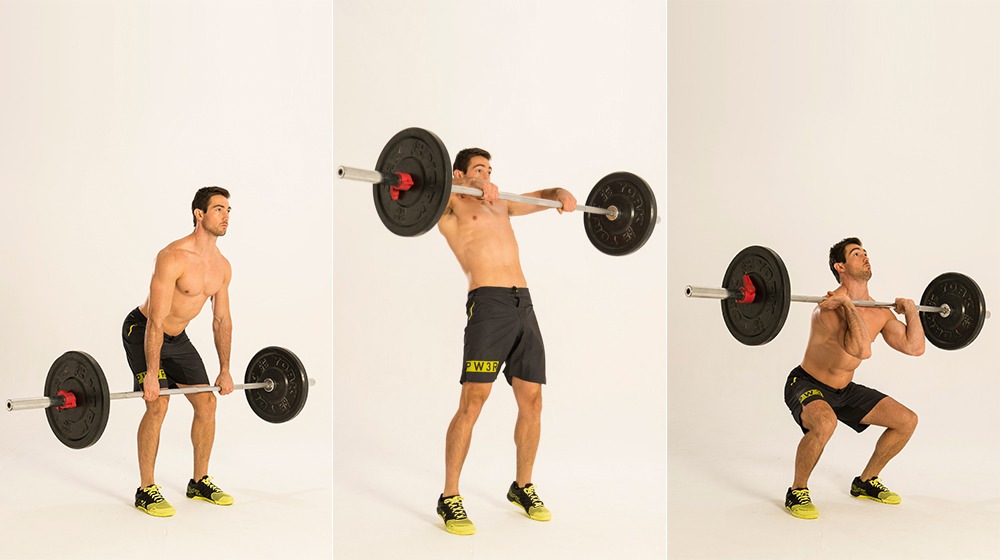According to the International Osteoporosis Foundation, approximately a million people in Canada are affected by the condition. The majority of these people are elderly and postmenopausal women.
Moreover, one in every eight men over the age of fifty is affected by osteoporosis. It is a major cause of disability that severely impairs their independence and mobility.
Osteoporosis is defined as a musculoskeletal disease by the World Health Organisation; it is characterized by micro-architectural bone mass deterioration. It leads to an increase in bone fragility and to a higher risk of consequential fractures.
Fractures caused by osteoporosis can bring unwanted complications, such as disability, a stay in the hospital, high costs, and in some cases, reduced life expectancy.
Diagnosis and Risk Factors of Osteoporosis
Osteoporosis is difficult to diagnose and often goes unnoticed until a person falls and suffers a consequential fracture. This leads to doctors conducting an investigation of their bone health using X-rays and DXA scans.
While osteoporosis can affect anyone, there are several factors that increase the risk of developing the condition. These include:
- Increasing age — Bone health declines with age, resulting in a higher chance of osteoporosis.
- Gender — Women are more likely to get osteoporosis than men.
- Body mass — People who are overweight have a higher chance of developing osteoporosis.
- Poor nutrition.
- Excessive smoking
- Prolonged use of steroids
- Excessive alcohol consumption
- Hormonal imbalance, such as during pregnancy or premature menopause

Exercise for Osteoporosis
Regular exercise maintains bone tissue and improves bone mass by encouraging new bone cells to grow, enhancing bone mass density, and increasing bone mineral content. Exercise programmes that are carefully designed for people with osteoporosis by physiotherapists reduce the risks of falls and injuries by an estimated 25%
The bone is a living tissue that reacts the same way to exercise as muscles. With every exercise session, it gets stronger and more flexible, leading to better bone health and reduced risk of osteoporosis and related symptoms.
The best forms of exercise for people with osteoporosis are resistance training and weight-bearing programs. These exercises use gravity as the load such as walking or hiking or can be done using actual weights to create a healthy load on the body.
Contact Expert Physiotherapists in The Greater Toronto Area!
Sports & Exercise Medicine Institute offers the services of expert physiotherapists and leading orthopedic doctors in The Greater Toronto Area.
Our sports medicine and physiotherapy clinic provides various non-surgical treatments for helping patients manage their musculoskeletal issues such as osteoporosis.
Our comprehensive range of services includes acupuncture, physiotherapy, foot pain podiatry, shockwave therapy, custom knee braces, massage therapy, and neck and shoulder pain treatments.
Contact us now to schedule an appointment!






